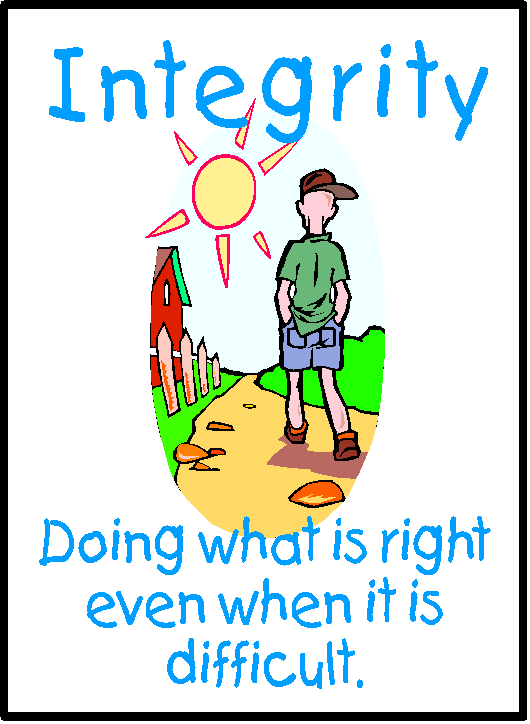 |
| Picture Credit-www.bubblews.com |
Plagiarism is a type of violation of academic integrity
(Jacoy & DiBiase, 2006). Whenever a
writer deliberately uses someone else’s ideas, languages, or other original
material without acknowledging the source they have committed plagiarism (Jacoy
& DiBiase, 2006). Instructors and
administrators involved in online distance education are concerned with
detecting and fighting plagiarism (Jacoy & DiBiase, 2006). Although plagiarism and cheating is a great
concern there are ways to prevent it from happening as often as it does.
 |
| Picture Credit-vimeo.com |
There are several different software available to help
detect plagiarism and cheating. Dr. Rena
Palloff stated in the video, Plagiarism and Cheating, learners cheat in an
online environment about as often as they do in a traditional classroom
setting. Some sources to detect
plagiarism are thumbprints, retina scans, video cameras, remote proctoring with
cameras (Laureate Education, Inc., n.d.).
In addition to those sources the software discussed by Jacoy and DiBiase
(2006) is Essay Verification Engine (EVE) and Turnitin.com which is used by
Walden University. Turnitin checks Web plagiarism
and sources from learner’s bibliographies but Braumoeller and Gaines (2001)
examines web sources only (Jacoy & DiBiase, 2006). Turnitin seems to be the better source in my
opinion because you can choose Websites you may want to exclude from scanning
an assignment because work from learners can already be online in an ePortfolio
file or some other Web-based site (Jacoy & DiBiase, 2006).
In addition to software there is also the strategy of
designing assessments to help prevent academic dishonesty. To help prevent academic dishonesty
instructors can do the following to ensure integrity:
 |
| Picture Credit-phoenixtreeproductions.com |
- Design assessments to incorporate collaboration and discourage cheating
- Educate learners about copyright, fair use, plagiarism and cheating
- Mare sure assessments mirror real-life expectations (Laureate Education, Inc., n.d.)
Additional considerations that should be made to help prevent
plagiarism and cheating in an online environment are for instructors to perhaps
remove our thinking of plagiarism and cheating and think more towards
collaboration (Laureate Education, Inc., n.d.).
Using sources such as librarians and writing centers can also help
learners to reduce their chances of violating academic integrity (Laureate
Education, Inc., n.d.). I feel that
educating learners about what is permissible through collaboration at the
beginning of a course will be the best deterrent of violating academic
integrity.
 |
| Picture Credit-www.bubblews.com |
References
Jocoy, C., & DiBiase, D. (2006). Plagiarism by adult
learners online: A case study in detection and remediation. International
Review of Research in Open & Distance Learning, 7(1), 1-15. Retrieved
from the Walden Library using the Education Research Complete database.
Laureate Education, Inc. (n.d.). Plagiarism and cheating.
 |
| Picture Credit-www.awesomelyluvvie.com |
Patricia,
ReplyDeleteSpot on as always. You actually reminded me of something I had considered a couple of days ago. There must be someway of encoding an electronic signature on text from the web that could be used to trace the source back to the original owner.
Thanks,
marc